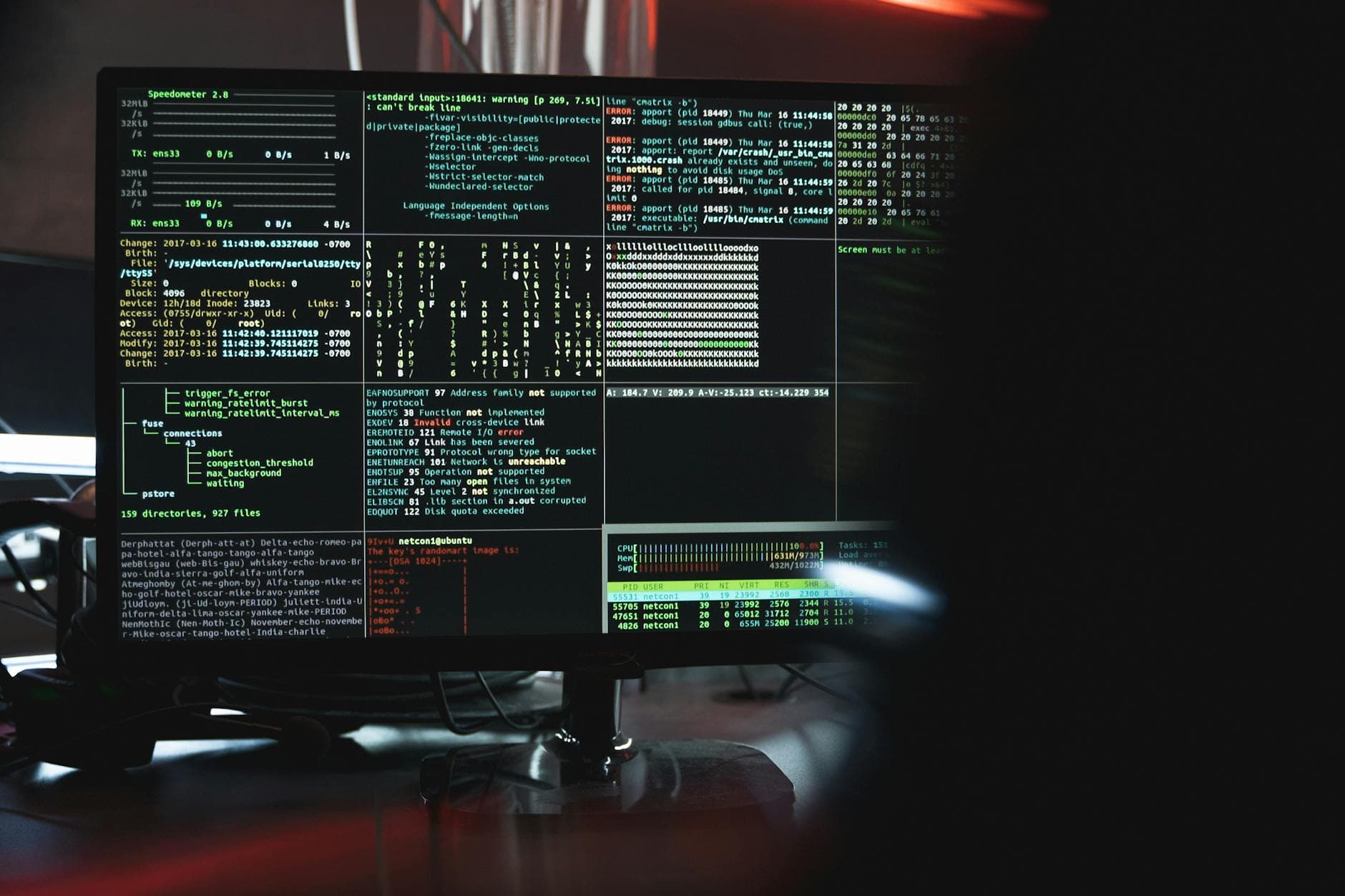How Data Security Became the Make-or-Break Factor in SaaS Reviews

Two decades ago, software purchasing was often a high-stakes leap of faith. Enterprise buyers, wooed by slick demos and vendor promises, found themselves locked into multi-year contracts with products they had barely had the chance to try, let alone trust. The rise of Software-as-a-Service, SaaS, fundamentally altered that equation. Today, not only can companies test-drive tools under flexible subscription models, they also benefit from a rich, real-time conversation about every product’s merits and pitfalls, powered by user reviews and analyst evaluations. For SaaS vendors, these reviews are both a goldmine and a minefield, shaping reputation and influencing deal velocity. But as SaaS architecture has moved to the cloud, along with everyone’s data, the single most potent lever driving SaaS reviews is trust, and trust, in the era of relentless cyberattacks, hinges on data security.
Across platforms like G2, TrustRadius, and Gartner Peer Insights, the phrase “secure” appears with nearly the same frequency as “easy to use.” This is no accident. Buyers are more security-conscious than ever and for good reason. Data breaches have become distressingly routine, targeting not just banks and retail giants, but also SaaS vendors whose platforms aggregate sensitive data from thousands of clients. One breach does not just damage the vendor’s own standing, it imperils the reputations of every one of its customers. In this climate, security features are no longer the technical fine print; they are front-and-center in the SaaS value proposition and play a starring role in product reviews.
What has changed is not just the level of threat, but the savviness of reviewers themselves. Ten years ago, a typical review might have raved about a clean interface or bemoaned unreliable support. In contrast, 2024’s reviewers, whether IT administrators or line-of-business managers, cite specific security controls: Does the platform offer single sign-on integration? Is there data encryption at rest and in transit? Are there robust access controls and audit logs? Even non-technical users have internalized the business risks. The stakes have grown so high, security lapses cannot be written off as technical glitches, they are organizational failures with board-level consequences.
This heightened scrutiny has forced SaaS vendors into an arms race of certification and transparency. A passing mention of “AES-256 encryption” or “SOC 2 compliance” used to suffice. Now, buyers demand documentation; they want to know who performed a vendor’s last penetration test, and how often user passwords must be rotated. Some reviews even cite a vendor’s incident response history, was the company candid and communicative when faced with a vulnerability, or obfuscatory and evasive? In SaaS, the product is never finished, and neither is security; only honest, continuous improvement is rewarded in the review ecosystem.
A positive review highlighting security features is a growth lever like no other. When compared to usability or integration, a prospective buyer can muddle through a clunky interface, but they cannot tolerate the specter of a breach. Since most teams evaluating SaaS products must now answer to internal compliance officers or legal teams, a testimonial attesting to strong security features does more than nudge them towards purchase, it can gatekeep deals entirely. Perhaps even more powerful are negative reviews about security. A report of a data leak, or even the perception that a vendor mishandled sensitive information, can cascade nearly instantly across buyer forums, leading to mass contract terminations or regulatory scrutiny. SaaS is a subscription business; there’s little room to recover from a reputation tarnished by security missteps.
But underlying this dynamic are challenges for vendors that go beyond technical implementation. Security is rarely visible; when it works, it is almost invisible, and when it fails, it is spectacularly public. Vendors must strike a careful balance. If user experience is too tightly locked down, they risk complaints of intrusive friction, think endless multi-factor authentication prompts or restricted workflows. But ease of use that compromises security will inevitably turn up in angry, viral reviews. The art lies in engineering controls that are elegant but unobtrusive, and most importantly, communicating them effectively. Many SaaS vendors invest in onboarding experiences and in-app messaging designed to surface security features, not just buried in white papers, but as useful, reassuring proof points that customers remember (and later, mention in reviews).
Another complex dynamic is the difference between perception and reality in SaaS security. Buyers, especially those in regulated sectors like finance or healthcare, develop rigid checklists of security must-haves. Yet true security risk is contextual; some applications may not warrant bank-grade encryption, while others demand it as table stakes. Reviewers, by definition, a self-selected sample, may amplify benign concerns due to industry trends, high-profile breaches, or personal experiences with malware. For vendors, this means that security messaging must go beyond technical accuracy. Education becomes part of product marketing; reassuring reviews do not just celebrate the security present, they explain why certain choices were made and what threats they mitigate. The most successful SaaS products manage to turn their users into evangelists for good security hygiene, not just touting their own product but raising the bar for the industry.
On the flip side, this environment creates massive opportunities for vendors willing to lead with security. By proactively courting third-party audits, publishing detailed transparency reports, and building visible in-product security dashboards, SaaS companies can transform a perceived cost center into a selling point. Some have woven security controls as value-added features, unlocking granular permissions or alerting as premium upgrades. There is also a community benefit: as vendors respond to public reviews with details about their security roadmaps, the overall sophistication of SaaS buyers increases. This feedback loop has helped drive the adoption of stronger minimum standards such as zero trust networks and AI-powered anomaly detection, which now appear in reviews of even mid-market SaaS tools.
Any SaaS provider, from scrappy startups to established incumbents, should see these trends as clarion calls. First, security is both a competitive differentiator and a reputational powder keg. Relying on buyer ignorance is not just dangerous, it is obsolete. Second, transparency and humility matter. No software is ever perfectly secure; companies are measured not only by the defenses they build, but by how they acknowledge and address gaps. Third, the customer’s voice, encoded in every review, has become the real-time conscience of the SaaS industry. It rewards companies whose security is not just adequate, but evident; and doles out harsh lessons to those who treat it as a back-room function.
In an era when nearly every business process travels through the cloud, a SaaS review is far more than a thumbs-up or thumbs-down. It is a public ledger of trust, and security is the currency that counts most. SaaS vendors ignore that reality at their peril, and SaaS buyers, and their data, are safer for it.


